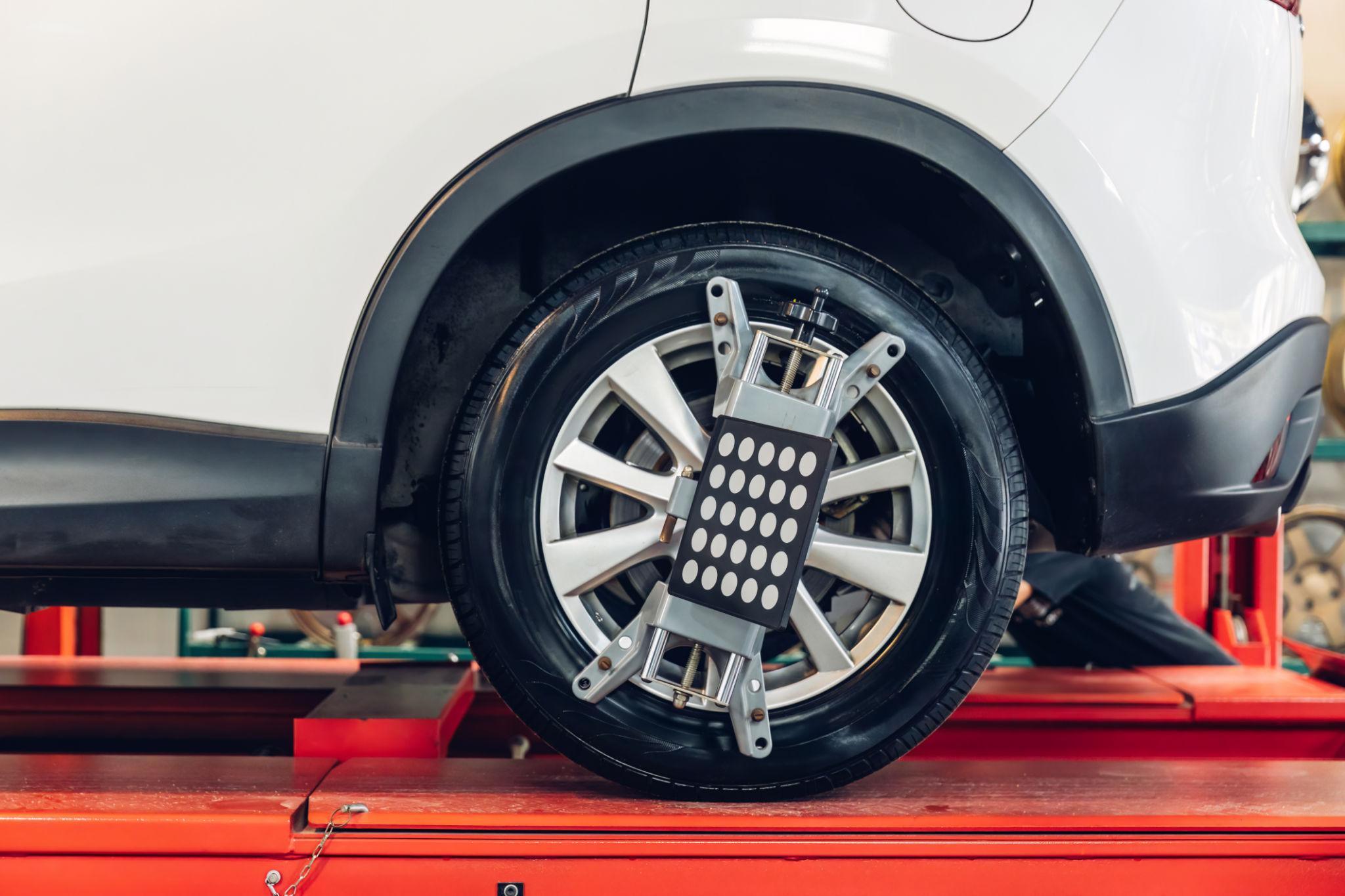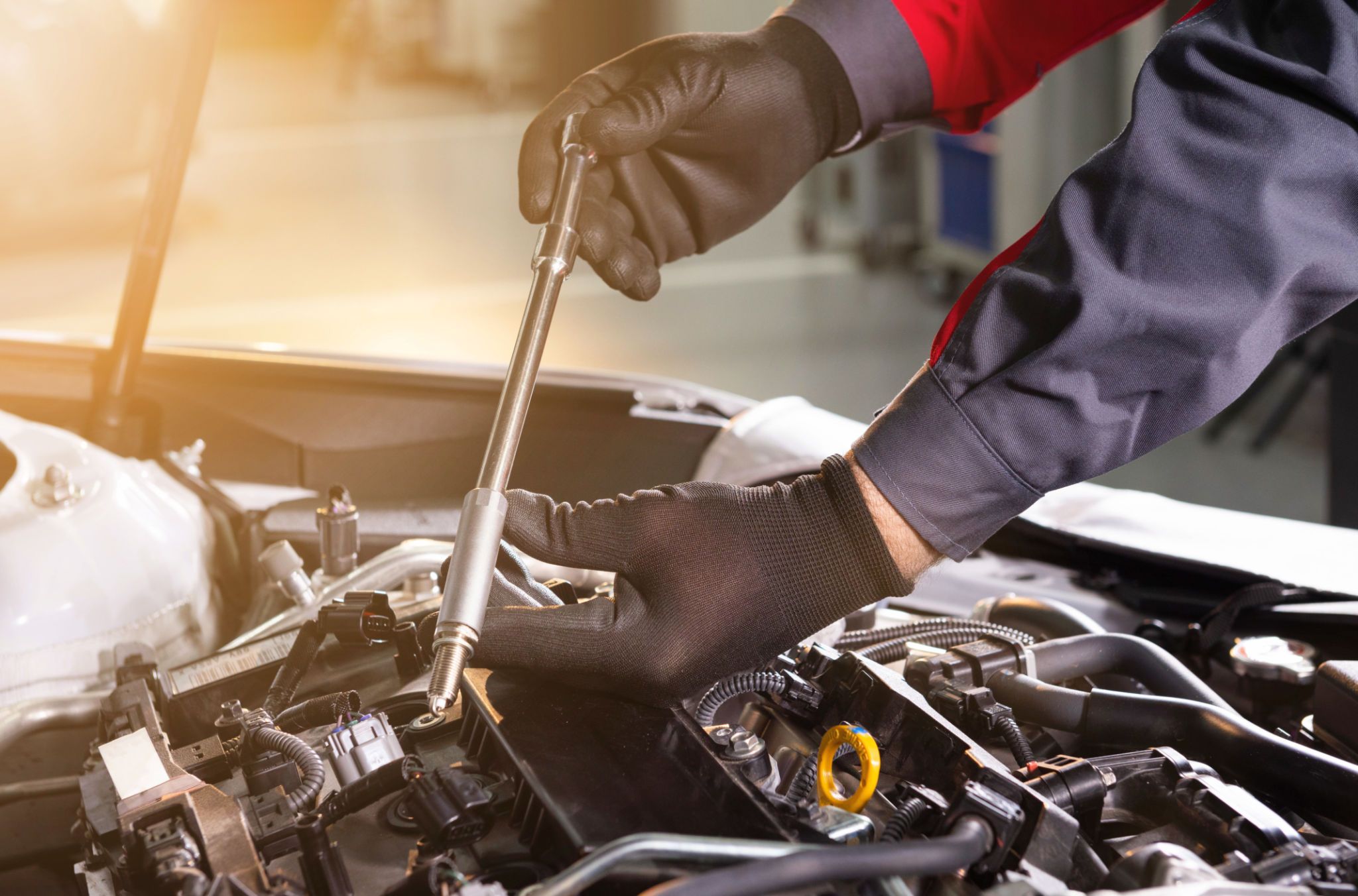Preparing Your Car for Seasonal Changes: A Focus on Wheel Alignment
Understanding Wheel Alignment
As the seasons change, so do the demands on your vehicle, making it crucial to ensure that every part, especially the wheels, is in optimal condition. Proper wheel alignment is a critical aspect of vehicle maintenance that can significantly affect your car's performance and safety. Wheel alignment refers to adjusting the angles of the wheels so that they are set to the car manufacturer's specifications.
Proper alignment ensures that your vehicle drives straight, minimizes tire wear, and improves fuel efficiency. Misalignment can cause the car to pull to one side, leading to uneven tire wear and potentially hazardous driving conditions. Understanding when and why to align your wheels can help maintain your vehicle's health and performance.

Why Seasonal Changes Impact Alignment
The transition between different weather conditions can affect your vehicle's components, including the alignment of your wheels. For instance, winter often brings potholes and uneven road surfaces due to freezing and thawing cycles. These road conditions can knock your wheels out of alignment.
In contrast, summer heat can cause roads to expand and buckle, also affecting alignment. Regular checks and adjustments can help mitigate these effects, ensuring your car handles smoothly across all seasons. Understanding these seasonal impacts can prepare you for any necessary maintenance.
Signs Your Car Needs Wheel Alignment
Several indicators suggest your car may require a wheel alignment. One common sign is uneven or rapid tire wear. If you notice that your tires are wearing down more on one side than the other, it's a good indication that your wheels are not properly aligned.
Another symptom is if your steering wheel is off-center when driving straight or if the car pulls to one side. You might also experience vibrations in the steering wheel. Addressing these issues promptly can prevent further damage and ensure a smoother ride.

Steps to Prepare Your Car for Seasonal Changes
To keep your car in optimal condition as seasons change, consider incorporating wheel alignment into your regular maintenance routine. Here's a checklist to help you:
- Inspect tires for uneven wear patterns.
- Check tire pressure regularly, as it can fluctuate with temperature changes.
- Schedule regular alignment checks, especially after hitting potholes or rough roads.
- Ensure suspension components are in good condition.
Benefits of Regular Wheel Alignment
Regular wheel alignment offers numerous benefits that go beyond just prolonging tire life. It can enhance fuel efficiency by reducing rolling resistance, resulting in fewer trips to the gas station. Proper alignment also ensures better handling and safety on the road.
Moreover, aligning your wheels can decrease wear and tear on other vehicle components, such as suspension and steering systems. This preventive measure can save you money on more costly repairs down the line.

Professional vs. DIY Alignment
While some car enthusiasts may attempt a DIY approach to wheel alignment, it is generally recommended to seek professional assistance. Professional mechanics have the necessary tools and expertise to ensure precise adjustments according to manufacturer specifications.
Attempting to align wheels without the proper equipment can lead to inaccurate results, potentially causing more harm than good. Investing in professional services ensures your car receives the meticulous care it needs to handle various driving conditions effectively.
Conclusion
Preparing your car for seasonal changes is essential for maintaining its performance and ensuring safety on the road. Wheel alignment is a crucial component of this preparation process. By understanding the importance of alignment and recognizing when adjustments are necessary, you can enhance your driving experience and extend the life of your vehicle.
Regular maintenance checks, especially before significant seasonal transitions, will keep you ahead of potential issues. Remember, investing in proper wheel alignment is an investment in both your car's longevity and your safety.